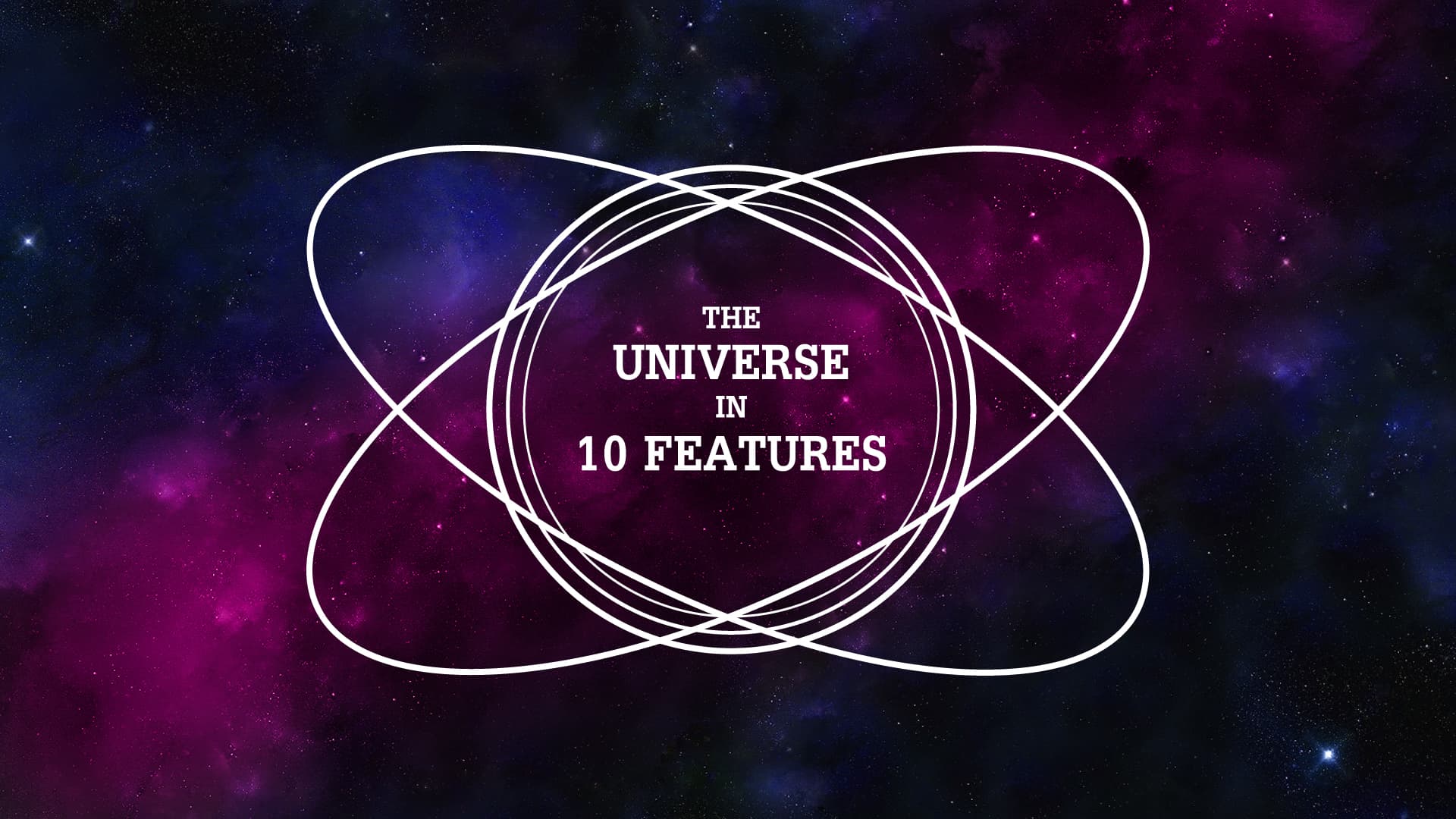Dust to dust, ashes to ashes. In the previous vlog we saw how the cyclical formation and destruction of stars leads to a metal rich Intergalactic Medium, and that the presence of metals in the Intergalactic Medium is paramount to the formation of planets.
Planetary formation is still for the most part terra incognita, but we are finally finding evidence backing our hypotheses. As far as we can tell, almost all stars form simultaneously with a protoplanetary disk. A star like our Sun takes about 1 million years to form, and our estimates suggest the evolution of the planetary system takes between 10-100 million years.
Planet formation is a highly debated topic at the moment. Rocky planets seem likely to form through an oligarchic accretion where a few hundred planetesimal in the inner edge of the star system acquire mass by being slightly more massive, and undergoing merging and collisions. Gas planets are more complex. It is believed that their nucleus form like rocky planets and they, at first slowly, then more quickly acquire the gas from the protoplanetary nebula.
New planets and system are discovered every week, and with them the hope to better understand our solar system.

